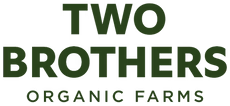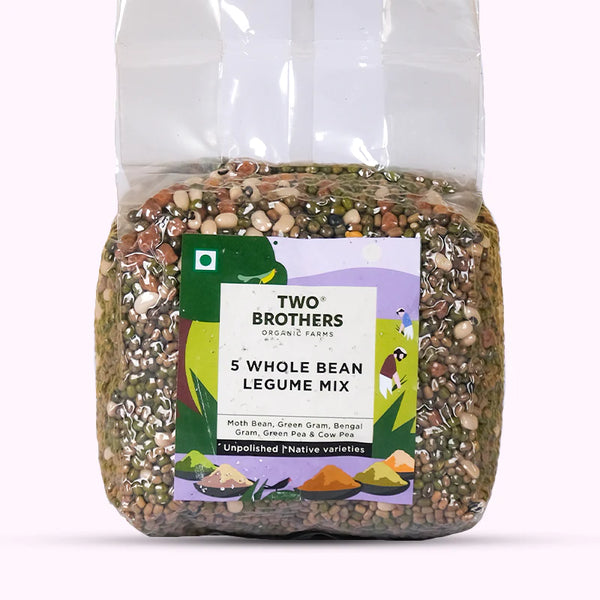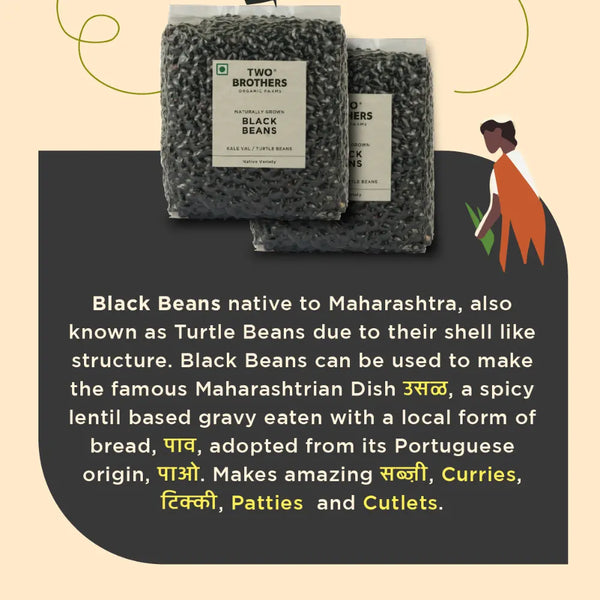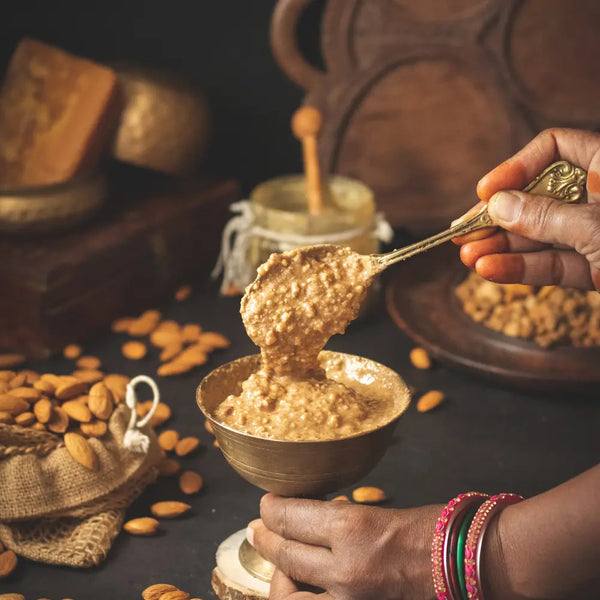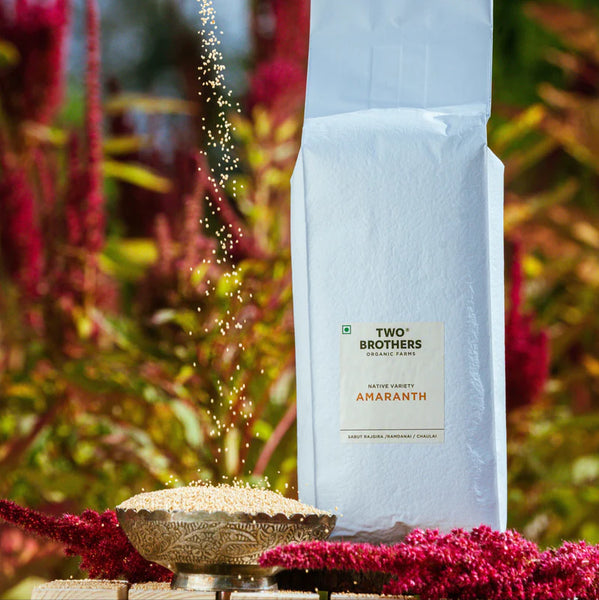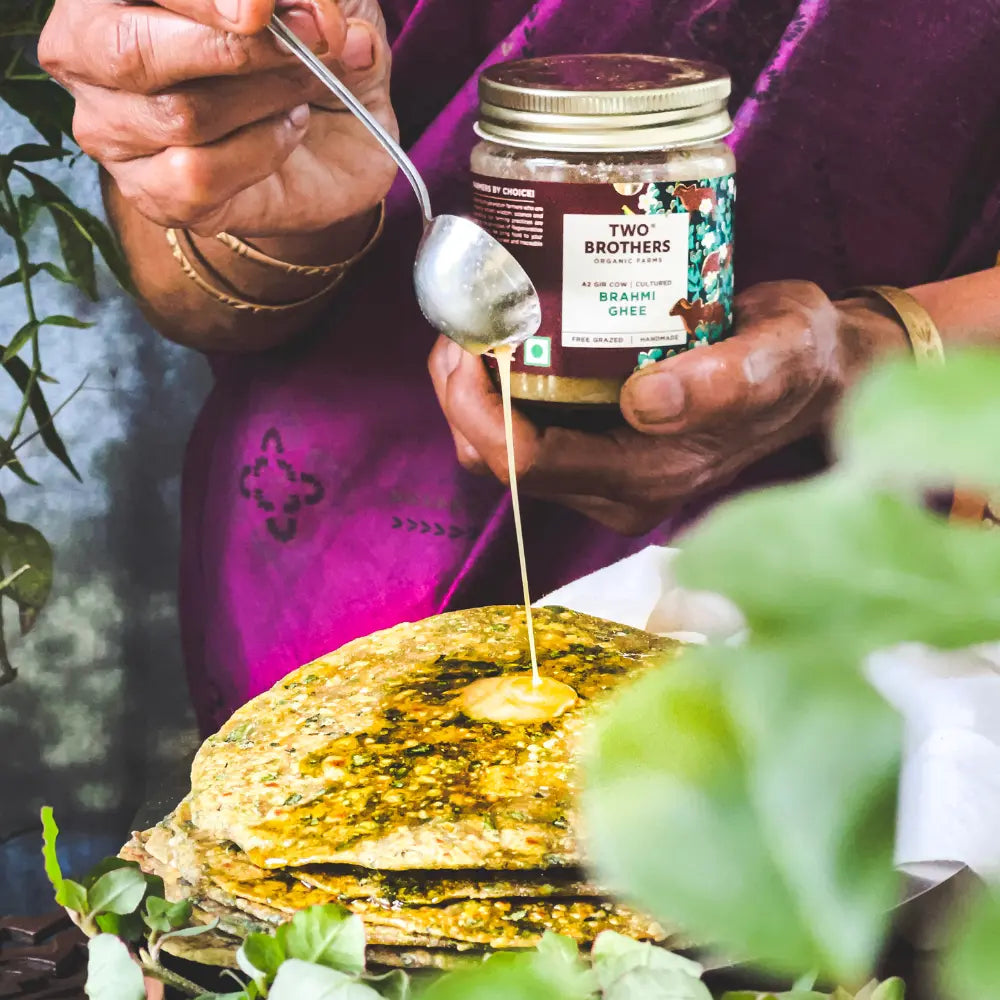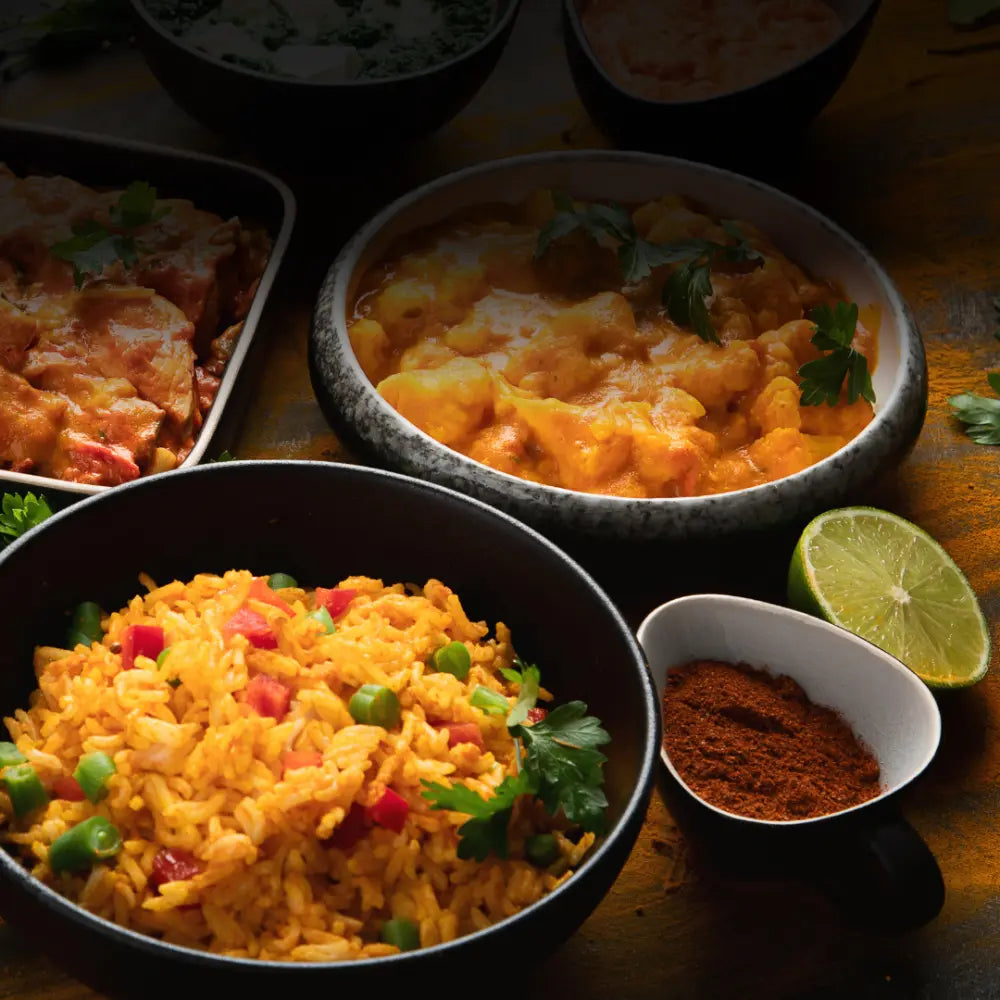Our blood acts as a delivery agent for all the nutrients from the food we eat to other body parts. Therefore, it is crucial to maintain a holistic diet that gives our bodies all essential nutrients. One such key nutrient is iron.
Iron, a vital component in the body's machinery, plays a pivotal role in oxygen transport, energy production, and immune function. Thus, iron helps to maintain a regular haemoglobin level (the sаme pigment that gives your blood its red colour).
If haemoglobin levels decrease, it can lead to symptoms such as fatigue, headaches, shortness of breath, dizziness, and even accelerate to onset of anaemia.
To make sure that does not happen, we will explore eight iron rich Indian foods in this blog. These foods will ensure that you always have enough iron in your diet.
|
Table of Contents
|
8 Iron Rich Indian Foods
Build a holistic diet with these food options to ensure optimum haemoglobin levels. Let’s start with two popular legumes you can easily assimilate into your diet.
1. Legumes
Legumes, including peas, lentils, chickpeas, soybeans, and beans, offer a potent iron boost. Rich in protein, fibre, B vitamins, calcium, potassium, zinc, and more, regular consumption of legumes supports heart health, diabetes management, and inflammation reduction.
Let’s see two familiar options that you can add to your diet to improve your haemoglobin.
2. Black Beans
Black beans are an iron-rich option that ensures adequate energy production and immune function. As a plant-based source, it prevents iron deficiency and anaemia. You can make delectable dishes with black beans.
But it is not just your blood that black beans help- they also enhance your cognitive function. Additionally, the fibre in these beans helps your digestion process.
Beans are an excellent source of soluble fibre that forms a watery gel in your stomach, absorbing bad cholesterol, and preventing heart diseases and strokes.
Undoubtedly, beans are highly nutritious, promoting proper blood circulation. While you are planning your diet with them, consider another option as well—Lentils.
3. Lentils
This staple is an excellent source of iron. Quite similar to our previous option, it is also a plant-based protein that you can easily incorporate into your diet.
- Lentils boast significant iron levels, vital for blood health.
- Ideal for vegetarians, lentils offer non-heme iron, aiding iron absorption.
- Packed with iron, lentils also provide fiber and protein benefits.
Harness its benefits as you add it to soups, stews, or salads. Regular intake of lentils will enhance your iron content supporting overall health.
4. Dry Fruits
Did you know you can maintain your haemoglobin level while munching on snacks? Yes, with dry fruits, you can do so. Dry fruits like apricots, raisins, and dates have a high iron and fibre content. You can munch on them during work and get your daily dose of iron.
- Eating dry fruits on an empty stomach gives your body a fresh dose of iron to support blood and haemoglobin. You can prevent iron deficiency with it.
- Additionally, dry fruits also help with digestion and decrease cholesterol levels in our bodies.
- Dates are a popular dry fruit that you can eat with other iron-rich Indian foods: These sweet delights aid in maintaining haemoglobin levels. Whether consumed fresh or dried, dates serve as a common home remedy for anaemia.
- In addition to their high-calorie content, dates are an excellent source of iron-rich Indian foods, including other nutrients such as vitamins and minerals.
- Consume the goodness of dry fruits with nutri bars where you get all the nutrition in just a few bites!
Health Tip: It is a typical home remedy for expectant and nursing mothers to regularly keep their haemoglobin levels in check. Dates have an iron content of 1 mg per 100 grams.
Let's explore some millet options to complete your meal. Millets can be a beneficial addition to your diet, enhancing overall haemoglobin levels and purifying your blood. On a larger scale, they aid multiple body functions including digestion and energy production.
5. Millets
Millets, such as pearl millet and finger millet, are iron rich Indian foods that promote healthy blood. Including millets in your diet helps prevent iron deficiency, supporting overall well-being.
6. Rajgira
Rajgira cereal, derived from Amaranth seeds, boasts a notable iron content, making it a nutritious addition to your diet. Iron plays a crucial role in oxygen transport, energy production, and overall well-being.
Incorporating Rajgira into your meals provides a delicious way to boost iron intake, supporting vital bodily functions. Whether enjoyed as a breakfast cereal, added to smoothies, or used in various recipes, Rajgira stands out as a healthful choice, contributing to a balanced and iron-rich dietary regimen.
7. Finger Millet
Also known as ragi, it is a nutritional powerhouse owing to its iron content. Packed with this vital mineral, finger millet aids in preventing iron deficiency. Regular consumption supports optimal oxygen transport, contributing to improved energy levels and overall well-being.
Apart from iron, finger millet offers a spectrum of nutrients, including calcium, fibre, and essential amino acids. Its versatility allows incorporation into various dishes, making it a valuable addition to a balanced diet for those seeking natural iron sources.
You can combine the millet with nutritious vegetables to make a wholesome and nitrous diet.
8.Vegetables
Let's explore some veggies that are rich sources of iron and capable of enhancing your haemoglobin levels.
Beetroot
If you've ever enjoyed beetroot ki sabji during winter, you've experienced its potential to immediately boost your haemoglobin levels.
This tasty, red vegetable has the ability to enrich your blood with essential minerals like iron, promoting the production of more red blood cells.
Apart from its high iron content, it also has calcium, vitamins A and C, and dietary fibre making it a vegetable powerhouse.
It is an ideal vegetable to add to the diet, especially for pregnant women and children who need more iron.
You can make a vegetable bowl with beetroot and another important food- spinach.
Spinach
One of the most popular iron-rich Indian foods is spinach or palak. Winters, especially, are incomplete without palak ki sabji!
Not only is spinach a rich source of iron, but it also contains calcium, vitamins, and fibre.
Spinach aids in oxygen transport and energy production.
Since it is a rich source of vitamins and minerals, you can harness multiple health benefits by cooking it in delectable recipes!
If you have an anaemia prognosis, it's very pleasant so that you can add greens to your diet. This will boost your haemoglobin level and alleviate your anaemic signs.
Broccoli
Broccoli is not that common in Indian dishes, but if you have an iron deficiency or just want a holistic diet, try to add it to your diet. Like other iron rich Indian foods, it is packed with nutrients and contains 0.67mg of iron.
Not only is it rich in iron, but it also helps your red blood cell synthesis. It also has:
Vitamin C: It helps to absorb the iron in your body.
Vitamin K: It aids in white blood cell production, which carries out blood clotting, thus helping with wound healing.
Apart from vegetables, you can also get a good dose of iron from “snacks” like dry fruits.
Pro Tip: Make a salad bowl with spinach, beetroot, and broccoli.
FAQs: 8 Iron-Rich Indian Foods to Increase Haemoglobin
Can we get enough iron from a vegetarian diet?
A vegetarian and even a vegan diet have iron in their foods like lentils, beans, tofu, and fortified cereals. Add them to your diet today.
Are iron supplements necessary?
Usually, you need iron tablets or health powders when there is a deficiency in your diet. With the food suggestions above, your diet will not lack iron. But if you still want an extra dose of iron, you can choose them.
Can iron-rich foods help lower fatigue and increase energy levels?
Yes, iron-rich foods combat fatigue and low energy levels. They provide your body with more iron by increasing the production of haemoglobin and helping in energy and oxygen transport.
What аre some iron deficiency symptoms?
Some of the common symptoms of iron deficiency include fatigue, weakness, pale skin, shortness of breath, and difficulty concentrating.
Conclusion
To maintain optimal haemoglobin levels and prevent anaemia along with associated health disorders, incorporate these eight iron rich Indian foods into your diet.
From dry fruits to legumes and millet to vegetables, there is a vast array of foods that can fill in the gap in your nutrition with nutritional goodness. Embrace the richness of iron and elevate your well-being today with Two Brothers Organic Farms!
